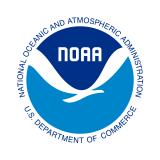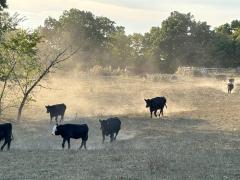Improving Drought Predictions by Tackling Challenges in Simulating Snow
Weather forecasts struggle to predict how much snow will stick around, or how quickly it will melt away. Scientists are addressing this challenge by improving how climate models simulate snow, a crucial step to better predict droughts and water availability in the Western U.S. In a new Journal of Hydrometeorology study, a group of researchers from the National Science Foundation's National Center for Atmospheric Research, NOAA’s Global Systems Laboratory, Airborne Snow Observatories, Inc., and two international institutions upgraded a widely used model, the Noah-Multiparameterization Land Surface Model (Noah MP), to improve how snow reflects sunlight in the simulation.
The team replaced simple calculations in the model with a more advanced system that better accounts for factors like snow grain size, shape, and impurities like dust or soot. When they compared their model results with observations from three field stations in the Rocky Mountains, the snow reflectivity results showed significant improvement. These advances will help scientists understand how snowpack responds to changing conditions like rising temperatures, shifting snowfall patterns, and drought severity.
This work contributes to a project supported by the Climate Program Office’s Modeling, Analysis, Predictions, and Projections (MAPP) program and National Integrated Drought Information System (NIDIS) to understand links between drought, fire, and snowpack in the Western U.S. The study also received partial funding from NOAA’s Weather Program Office.
Water supply and moisture conditions in the West are largely impacted by snowpack, and modeling it accurately will help to predict droughts. MAPP- and NIDIS-funded researchers Cenlin He, Michael Barlage, and Fei Chen are supporting NOAA’s efforts to improve drought forecasting and resilience, helping communities prepare for and manage water shortages. Their work contributes to a growing body of research advancing our ability to track and predict complex climate patterns that affect both ecosystems and people.









